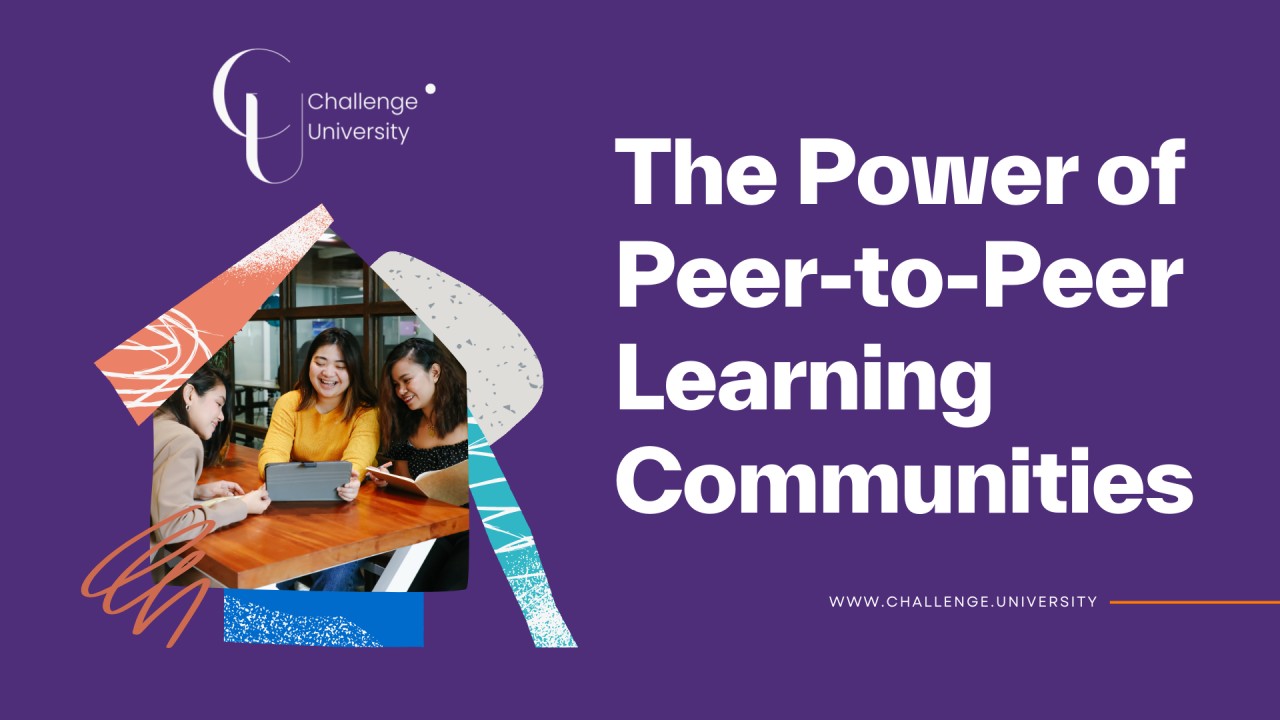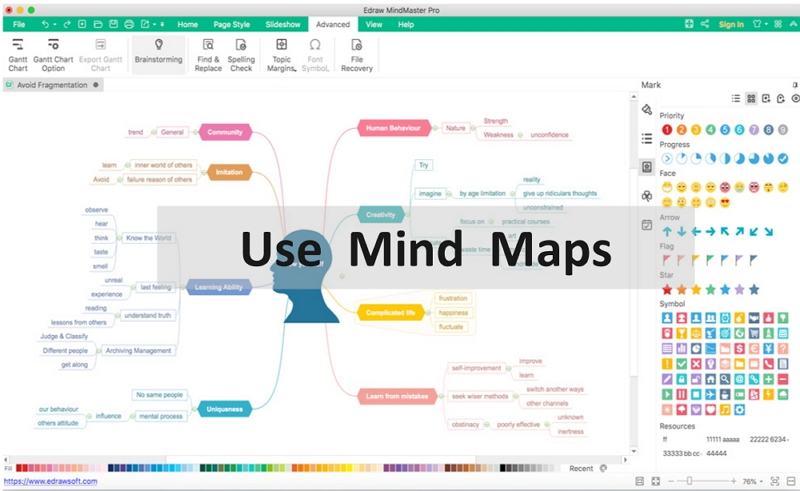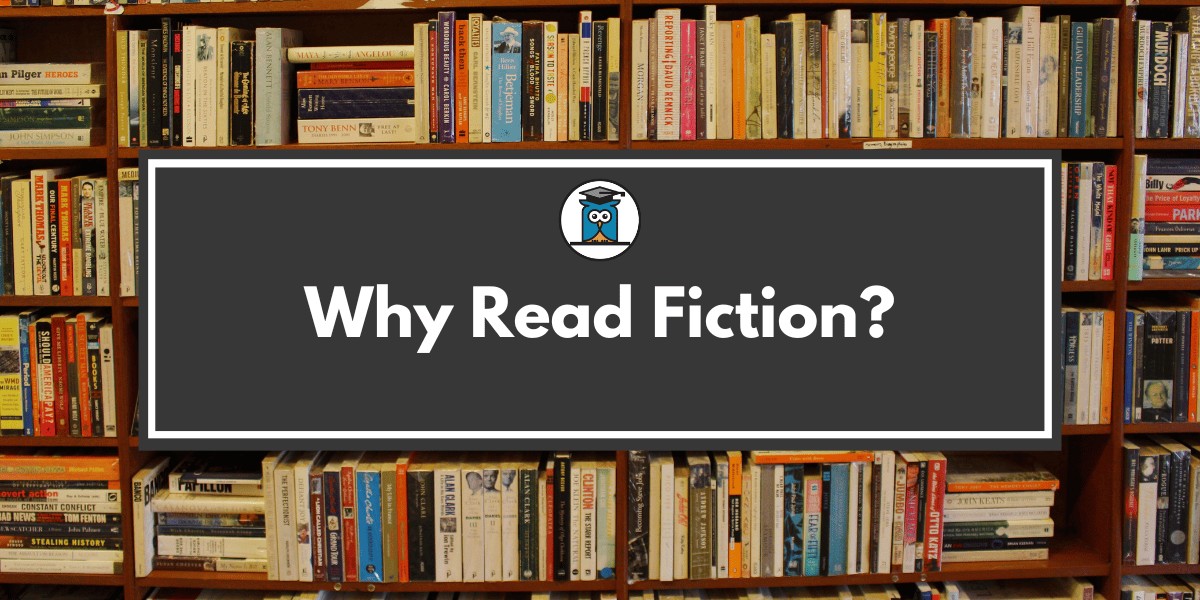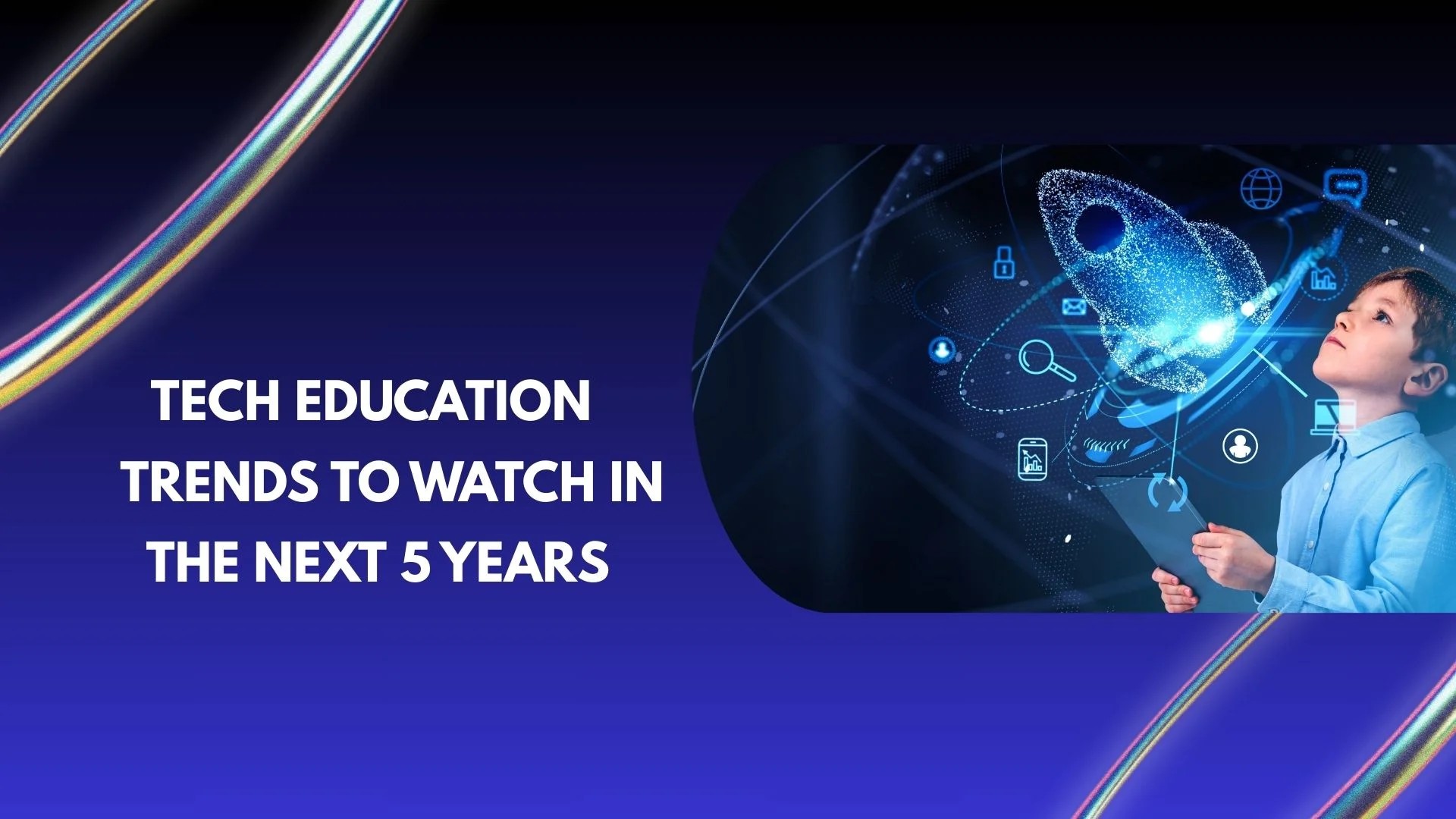## The Untapped Synergy: Harnessing the Power of Peer Learning
In an increasingly interconnected world, where knowledge evolves at an unprecedented pace, the traditional model of learning—a singular expert imparting information to passive recipients—is proving insufficient. While formal instruction remains foundational, an often-underestimated, yet incredibly potent, educational force is the power of peer learning. This collaborative approach, where individuals learn from and with each other, unlocks a dynamic synergy that not only deepens understanding and strengthens retention but also cultivates essential interpersonal and critical thinking skills. It transforms the learning environment into a vibrant ecosystem of shared discovery, leveraging the collective intelligence of a group for mutual benefit.
At its core, peer learning thrives on the principle that teaching is often the most effective way to learn. When individuals are tasked with explaining a concept to a peer, they are compelled to synthesize their understanding, identify gaps in their knowledge, and articulate complex ideas in a clear and concise manner. This active reconstruction of information, far more engaging than passive reception, solidifies their own grasp of the subject. Consider a student struggling with a challenging mathematical problem. If a classmate, who recently mastered the concept, takes the time to walk them through the steps, both students benefit. The struggling student gains a relatable explanation and personalized attention, while the explaining student reinforces their understanding and gains confidence in their mastery. This reciprocal process of giving and receiving knowledge creates a powerful feedback loop that accelerates learning for all involved.
Beyond mere comprehension, peer learning fosters a more inclusive and less intimidating learning environment. In traditional settings, some individuals may feel hesitant to ask questions or admit confusion to an authority figure, fearing judgment. However, within a peer group, there’s often a greater sense of psychological safety. Students are more likely to express their uncertainties, ask “dumb” questions, and engage in genuine dialogue with someone they perceive as being on a similar journey. This open exchange can demystify complex topics, break down barriers to understanding, and build a sense of shared community. Imagine a new employee in a company in Bangkok trying to understand a complex internal process. They might feel more comfortable asking a colleague, rather than their manager, for clarification on seemingly basic steps. This informal, low-stakes interaction can be incredibly effective in bridging knowledge gaps.
Moreover, peer learning is an exceptional incubator for the development of crucial soft skills. Collaboration, active listening, empathy, critical thinking, and effective communication are all honed when individuals work together to solve problems or understand new material. Students learn to negotiate different perspectives, articulate their arguments persuasively, and offer constructive feedback. These are not merely academic skills; they are invaluable competencies that translate directly into professional success in any field. In a project-based learning scenario, for instance, a group of students collaboratively researching a historical event will naturally assign roles, share findings, debate interpretations, and synthesize their understanding – all skills that are highly prized in any collaborative workplace.
The diversity of perspectives inherent in peer learning also enriches the educational experience. Each individual brings their unique background, experiences, and ways of thinking to the table. What might be a stumbling block for one person could be intuitively obvious to another, and vice versa. This variety of viewpoints can lead to more creative problem-solving, deeper insights, and a more comprehensive understanding of complex issues. When a group of professionals from different departments within a company engage in peer coaching, for example, a marketing expert might offer a fresh perspective on a technical problem, while an engineer might provide a pragmatic solution to a branding challenge. This cross-pollination of ideas stimulates innovation and broadens individual horizons.
Implementing effective peer learning strategies requires thoughtful design and facilitation. It’s not about simply putting people in a room and hoping for the best. Clear objectives must be set, roles can be assigned or allowed to emerge naturally, and a supportive structure for interaction should be provided. Educators or facilitators might introduce specific activities like reciprocal teaching, jigsaw learning, peer tutoring, or collaborative problem-solving exercises. The goal is to create opportunities for genuine interaction and shared responsibility, moving beyond superficial group work to truly interdependent learning. Feedback mechanisms are also crucial, allowing peers to constructively critique each other’s work and offer guidance.
In conclusion, the power of peer learning is a formidable, often underutilized, asset in both formal educational settings and professional development. By shifting from a purely hierarchical model to one that embraces collaborative discovery, individuals are not only empowered to deepen their own understanding by teaching others but also develop essential 21st-century skills like communication, critical thinking, and empathy. It transforms learning from a solitary pursuit into a shared journey, fostering a more engaged, inclusive, and ultimately, more effective learning environment where the collective intelligence of the group truly amplifies individual growth. As knowledge continues its relentless expansion, harnessing this synergistic power of peers will become increasingly vital for navigating the complexities of the modern world.





